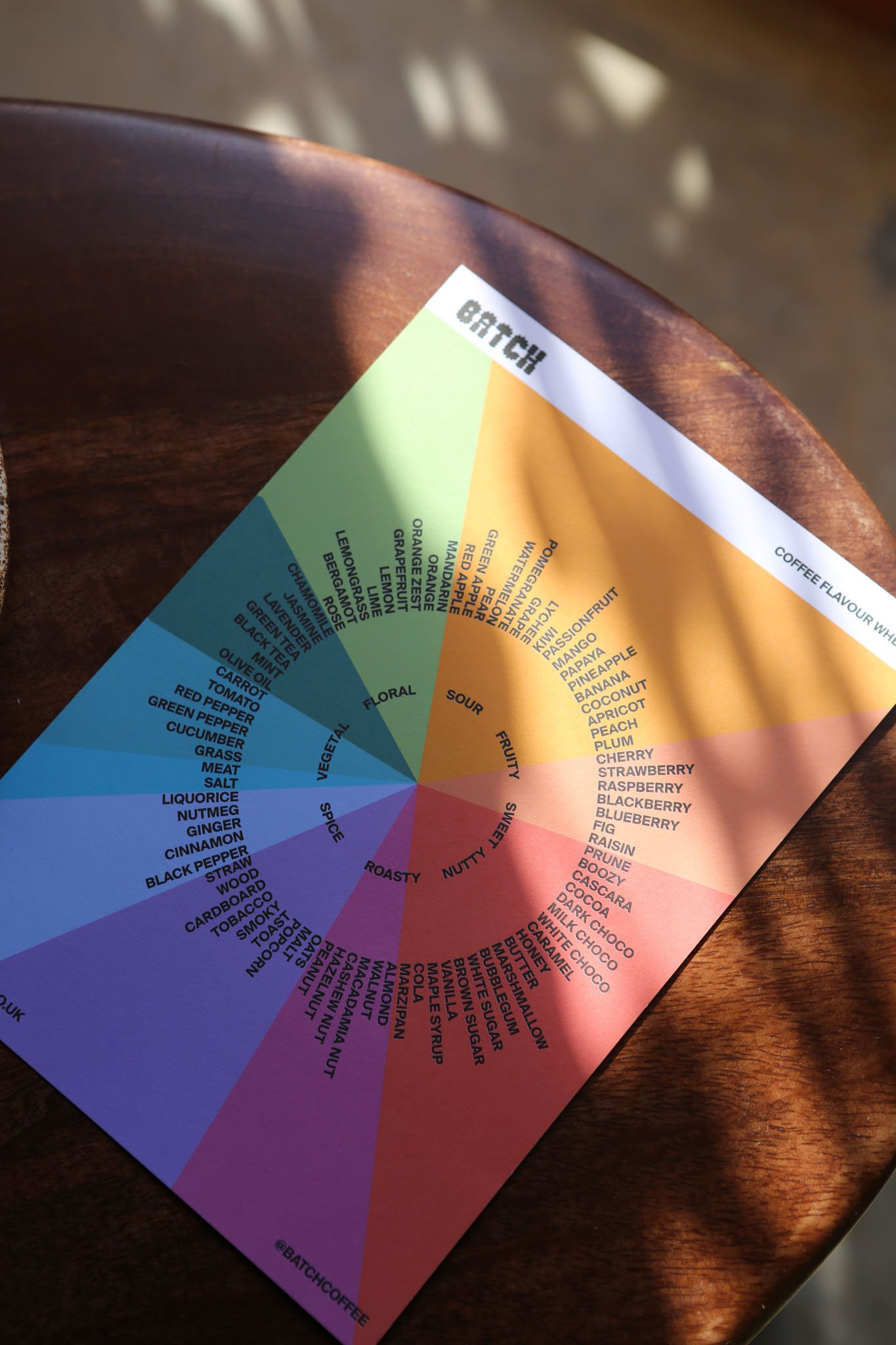
India
India is the sixth largest coffee producer in the World. While still producing Arabica coffee, the majority of coffee grown in India is Robusta. Although many speciality coffee roasters nowadays have steered away from espresso blends containing robusta coffee there is still a huge market at the premium end of the Robusta production, which India mainly occupies.
A process that is unique to India is Monsooning; It dates back to when the beans were transported in wooden crates and absorbed the aromas and moisture in transit. It produced a woody, earthy profile that was sought after at the time. Although now, transportation has improved, the taste profile of monsooned coffee is still in demand so naturally processed coffee is left for 2-3 months in open sided warehouses on the coast to recreating monsooned affect.
Indian coffee is full of body and depth. Many roasters use it to add body and weight to espresso blends. Low in acidity and complexity it does seem like the opposite end of the spectrum to many speciality coffees, however it is still extremely popular amongst people who appreciate a more densely bodied coffee with smokey and earthy flavours.
Indonesia
Another huge coffee exporter, Indonesia is the fourth largest in the world. Divided amongst the many Islands that encompass this diverse country, the coffee grown here has an interesting history. Like its South American counterparts it started off as an industry fuelling its colonisers, hundreds of years later it now produces some of the world most loved and famed coffees.
Java coffee was marketed as a sign of high quality coffee during the second wave coffee boom and still produces some interesting coffees. The country is famous for their technique of semi washing their coffee in a process called ‘giling basah’ that produces woody and earthy notes as well as the infamous kopi luwak (semi digested coffee collected from the droppings of civet cats).
Sumatra is a popular choice for a blended coffee. It adds depth and weight that i needed in espresso blends that are consumed with milk. There are a few coffees in Indonesia that can be traced back to the exact farm. These coffees that are usually washed rather than semi washed can possess sugary sweetness with dried fruits while also offering a deep body.


Thailand
One of the new kids on the block in the speciality coffee scene, Thailand has burst onto the scene in the last few years and is seen as one of the most exciting origins for the future of the industry.
Thailand is an extremely progressive country and is one of the few speciality coffee growing countries that has a vibrant speciality coffee consuming scene. This has helped the industry in Thailand by encouraging farmers to produce higher quality coffee as they can see the end product and in fact become the consumer themselves.
Coffee from Thailand is changing all every year. Most of the coffee traceable to the exact farm because of most farmers own micro mills, this means that the subtle flavours of the coffees are not drowned out by the bolder notes typical in cooperative processing. Typical taste profiles have sparkling acidity with a balanced chocolatey sweetness and notes of nuts.
Vietnam
A monster in the coffee growing World, Vietnam produces around 20% of the worlds coffee production. Although it amounts an enormous quantity of coffee, the overall quality of Vietnamese coffee is quite poor and produces very little speciality coffee.
With it’s lack of high altitude areas, Vietnam grows predominantly Robusta coffee (around 95% of the output), although the sheer quantity of coffee the country produces means that the 5% Arabica makes it the fifth largest producer of Arabica coffee in the World.
The coffee industry here really boomed in the 90’s when large commodity coffee buyers were in need of a low quality high yielding product. Coffee is now part of Vietnamese culture, it is often consumed with a healthy dollop of condensed milk to mask the bitterness.
If you manage to find Speciality Vietnamese coffee you can expect a full bodied cup with darker flavours notes like chocolate, sweet tobacco and fig.






